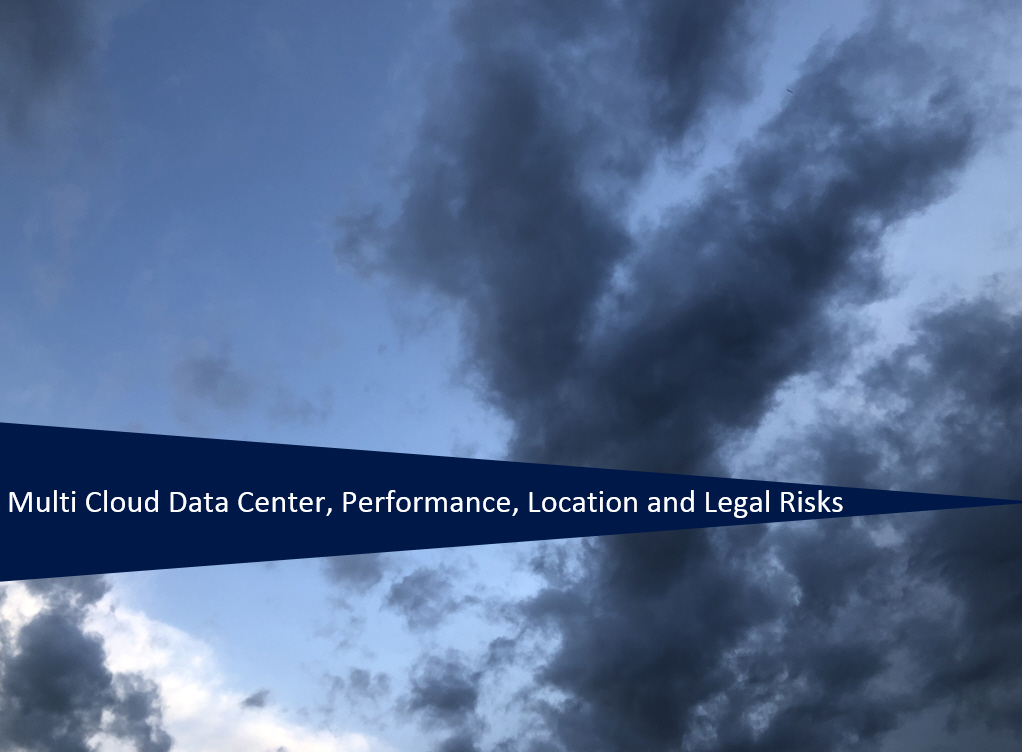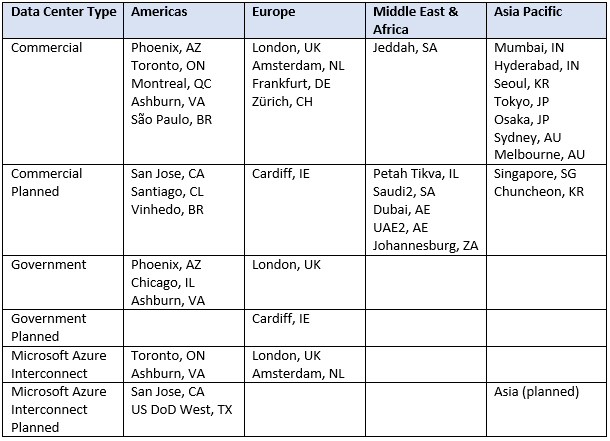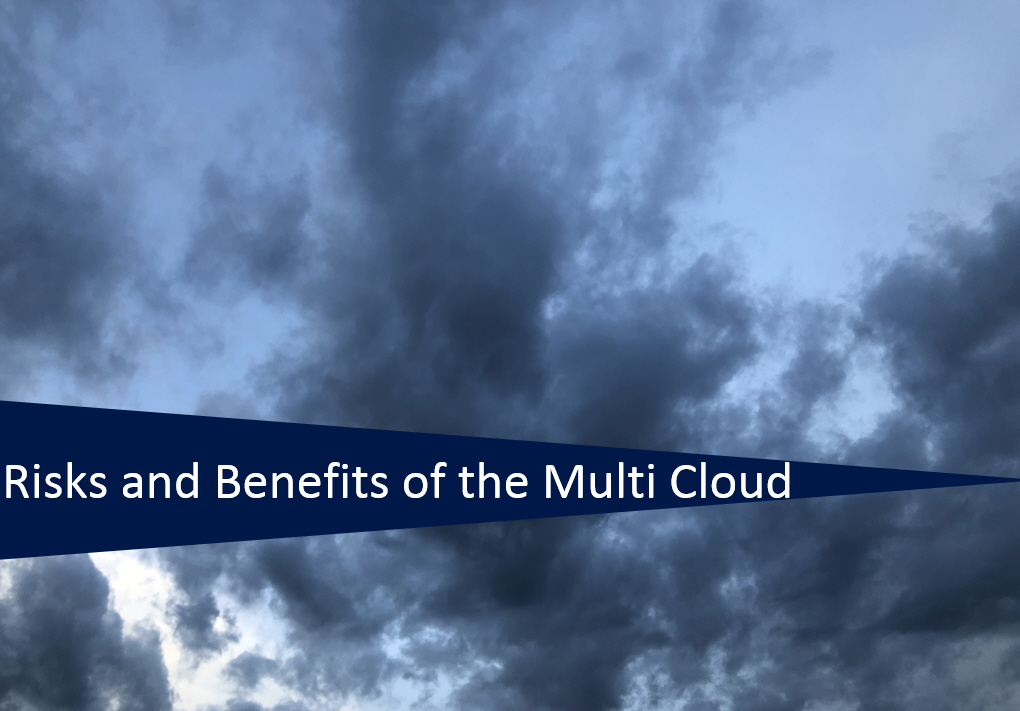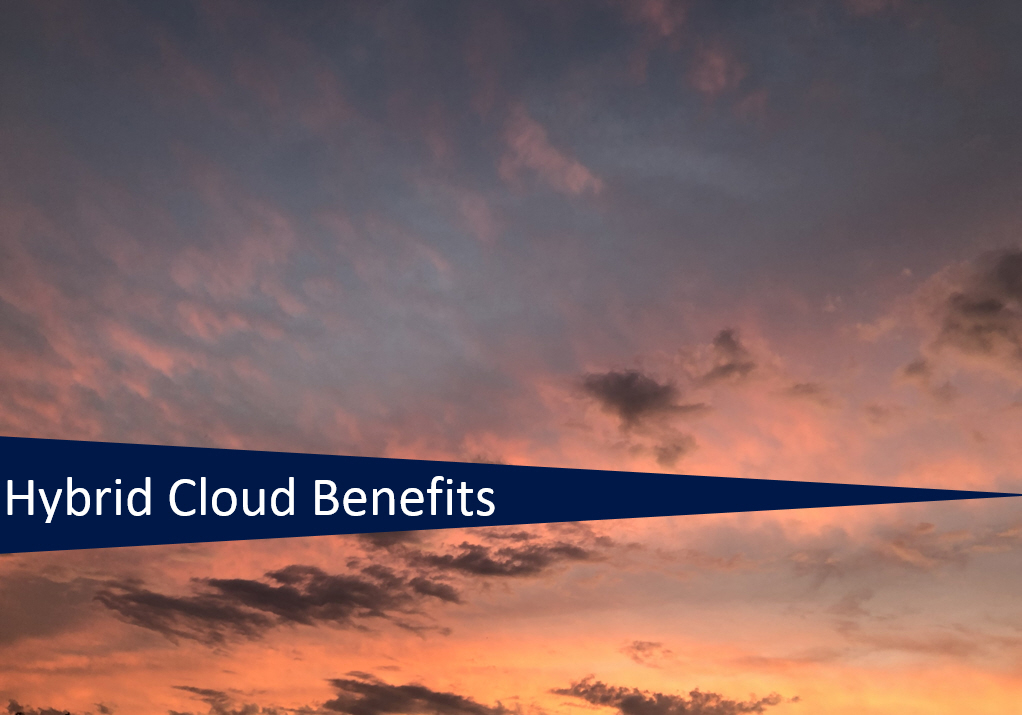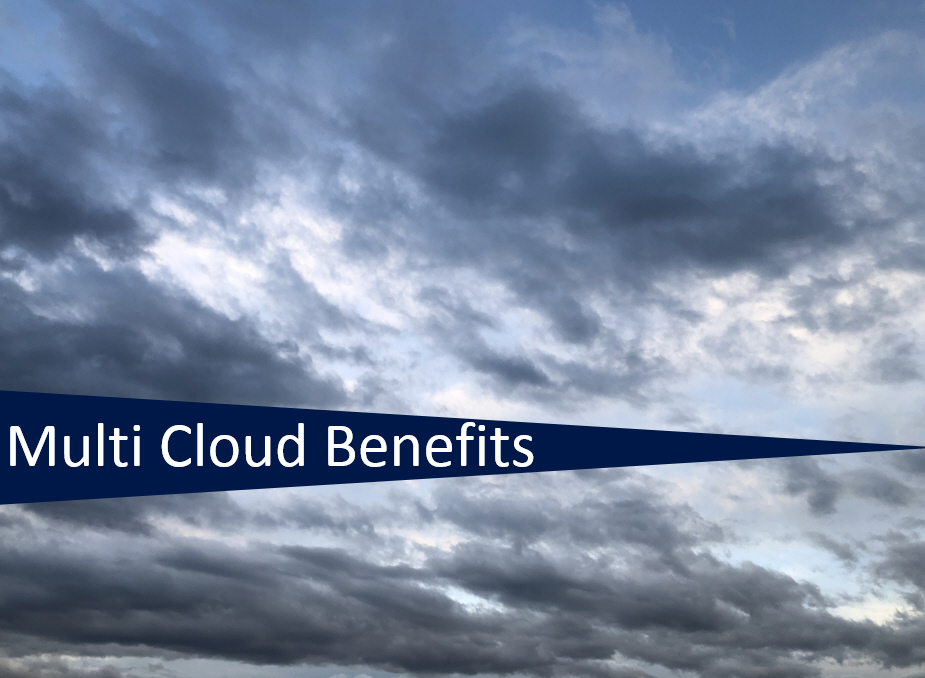
There are similar advantages which apply to the multi cloud as seen in the hybrid cloud models. The main advantages are costs, flexibility, choice and performance. There are less investments required for hardware and servers, storage, development time and updating existing applications – these are now with the cloud service providers and the customer can buy those as a service.
The main advantage is perceived in the virtualization and scalability:
- When the service is already in the cloud, remote and virtual work is easier.
- Additional server capacity and performance is easy to obtain when you are already in the cloud. The system can be scaled up immediately.
On the performance side, the differences are not only in the versioning but also in the memory capabilities. SQL queries in the cloud can be broken down in a DWH from minutes to seconds.
Consider your existing IT skills when choosing your cloud vendor. If your staff is already familiar with Microsoft, the switch is easier when going for Azure, the technology and performance is already known from the on premises experience.
Other benefits consist of:
- on and off dynamic switching of CPU’s for flexible power control
- control of the complete infrastructure via browser tool
- reduced downtime with the use of multi region deployments
- detailed cost control via browser tool
- the latest hardware technology is always available
- latest software deployment via browser tool, there is need for a physical server to be in place
- the complete software stack is available without the need to license anything extra (e.g. in memory, advanced compression to improve database performance and reduce storage costs, etc.)
For companies working in highly regulated industries such as financial services or pharmaceuticals, the multi cloud model is useful to avoid dependence on a single cloud service provider and engage a second cloud service provider just for disaster recovery purposes.
Global cloud services providers are also more and more working with local partners to act as contacts for the customers and provide the interface to the global vendor. Customers can benefit on one hand from the expertise and competence of the global vendor and on the other hand from the local service provided by the partner.
Conclusion
Multi cloud is a deliberate use of cloud services from multiple public cloud providers and can also be used for different purposes, such as AWS for their large selection of web services in different segments or Microsoft Office 365 for using Word documents and Excel spreadsheets across platforms and even with mobile devices.
If you pursue a multi cloud strategy, you have many vendors, multiple licensing models, network connectivity with multiple providers and an outsourcing of knowledge, which is a risk. You need to maintain continuity in development and understanding license models correctly. Not all clouds are the same. For example choosing the right license model can be something like “fixed price” vs. “pay as you go”.
If companies selected their multi cloud services unintentionally, they will need to regroup and reorganize their multi cloud strategy.
If companies selected their multi cloud services intentionally, they need to understand the consequences of increased costs, complexity, more skills and tools required to support their multi cloud environments.
The maintenance work with the cloud service provider must be properly synchronized, i.e. how many patches have not been applied? Hot fixes and security patches are automatically managed and installed by the cloud service provider which prevents unpleasant surprises. All necessary patches must always be applied. Sometimes, there is short-term maintenance work that cannot be prevented. Due to the rapid deployment of software releases, the multi cloud is susceptible to bugs.
Therefore, companies should examine their existing applications, the kind of data they have, performance, legal and regulatory rules before selecting a cloud service provider for their multi cloud environment.
Multi cloud should be step by step approach to gain experiences. Set a strategy for how to best migrate your selected applications and platforms. For example, if a company is using Exadata, which is a computing platform for running Oracle Databases either on premises or in the cloud, the company can learn what has changed i.e. from v12 to v19 before taking the next step. A migration could look like as followed:
| Database | Before Cloud | 1st Migration Wave | 2nd Migration Wave | 3rd Migration Wave |
| PROD | Exadata v12 | Exadata v12 | Exadata v12 | Exadata Cloud v19 |
| TEST | Exadata v12 | Exadata Cloud v19 | Exadata Cloud v19 | Exadata Cloud v19 |
| DEV | Exadata v12 | Exadata v12 | Exadata Cloud v19 | Exadata Cloud v19 |
Amongst the main advantage of using simple control for performance when needed, the next cloud services focus to enable agile operations such as efficiency, better control, flexibility, performance, price and automatization in the area of self-management, self-securing and self-repairing.
Price models move towards performance price ratios. As there are no hardware components to calculate, the price is per use with calculated performance. This can be fixed or “pay as you go”, so you only pay what you consume. Performance of the applications though play a price factor if it comes to latency. Companies should calculate the best price patterns for better performance against the time spent for their “pay as you go” consumption.
The biggest cost surprises can still occur with computing nodes, storage and networking and with data withdrawal (as in opposite taking data to the cloud).
The key drivers to go for multi cloud may relate to the IT strategy, followed by a digitalization of the company as a whole and using new business models. Using the multi cloud can be seen as moving workloads to a more automated and efficient environment in order to leverage existing infrastructure, networks and applications. What is relevant in the sense of the IT strategy is related to what are cloud contents? It is about data protection, data storage, data security and compliance.
In future, the importance of artificial intelligence, additional patterns and machine learning functionalities will increase.
Like a knife that can be used for good or evil purposes, so it is with the cloud. Cloud technologies are ideal for total surveillance, the collection of data that ultimately leads to the restriction of people’s fundamental rights, as we experienced in 2020.



